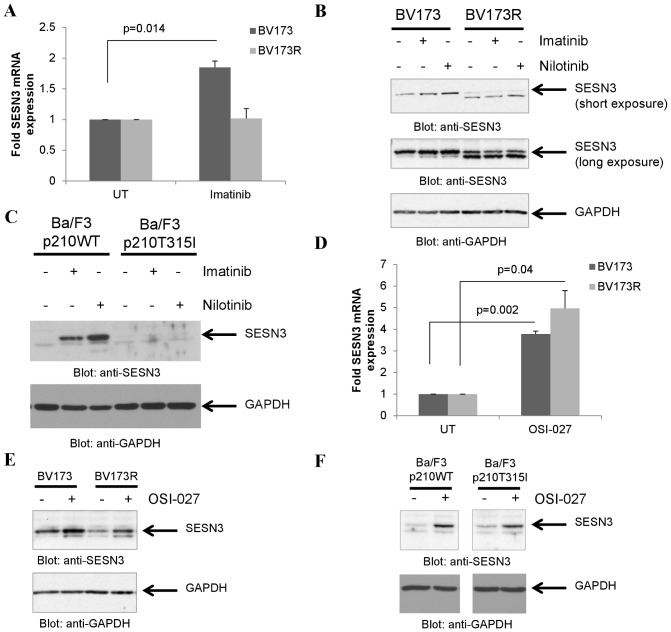Figure 2. mTOR inhibition but not BCR-ABL inhibition upregulates SESN3 in T315I-BCR-ABL expressing cells.
A. BV173 or BV173R cells were treated with imatinib mesylate (5 µM) for 12 hours. RNA was extracted and expression of SESN3 mRNA was determined by quantitative RT-PCR, using GAPDH for normalization. Data are expressed as fold increase in the treated samples over untreated samples and represent means ± S.E. of 3 independent experiments. B. BV173 or BV173R cells were treated with either imatinib (5 µM) or nilotinib (100 nM) for 16 hours. Total cell lysates were resolved by SDS-PAGE and immunoblotted with antibodies against SESN3 or GAPDH as indicated. C. Ba/F3 cells stably transfected with WT-BCR-ABL or T315I-BCR-ABL were treated with either imatinib (1 µM) or nilotinib (100 nM) for 16 hours. Total cell lysates were resolved by SDS-PAGE and immunoblotted with antibodies against SESN3 or GAPDH as indicated. D. BV173 and BV173R cells were treated with OSI-027 (5 µM) for 12 hours. RNA was extracted and expression of SESN3 mRNA was determined by quantitative RT-PCR, using GAPDH for normalization. Data are expressed as fold increase in the treated samples over untreated samples and represent means ± S.E. of 3 independent experiments. E. BV173 or BV173R cells were treated with OSI-027 (5 µM) for 16 hours. Total cell lysates were resolved by SDS-PAGE and immunoblotted with antibodies against SESN3 or GAPDH as indicated. F. Ba/F3 cells stably transfected with WT-BCR-ABL or T315I-BCR-ABL were treated with OSI-027 (5 µM) for 16 hours. Total cell lysates were resolved by SDS-PAGE and immunoblotted with antibodies against SESN3 or GAPDH as indicated.

